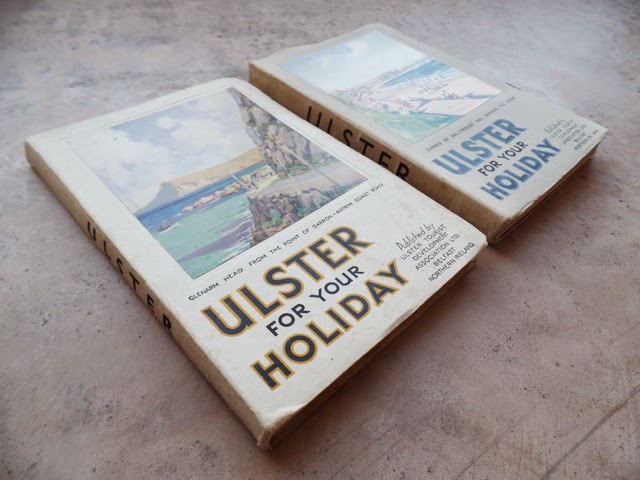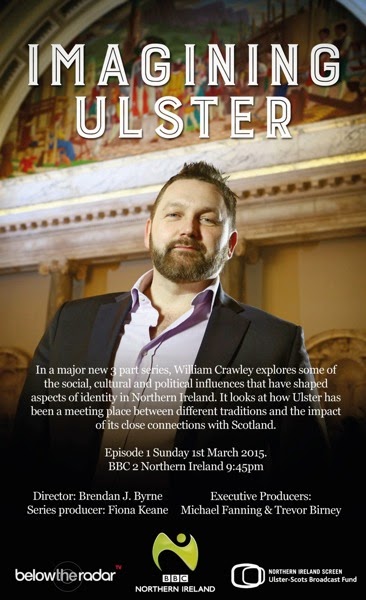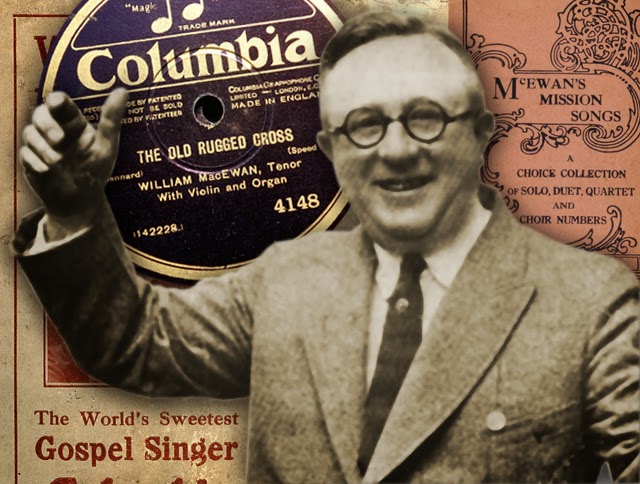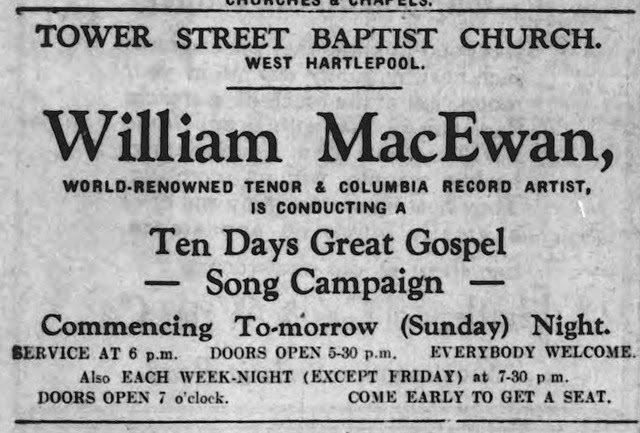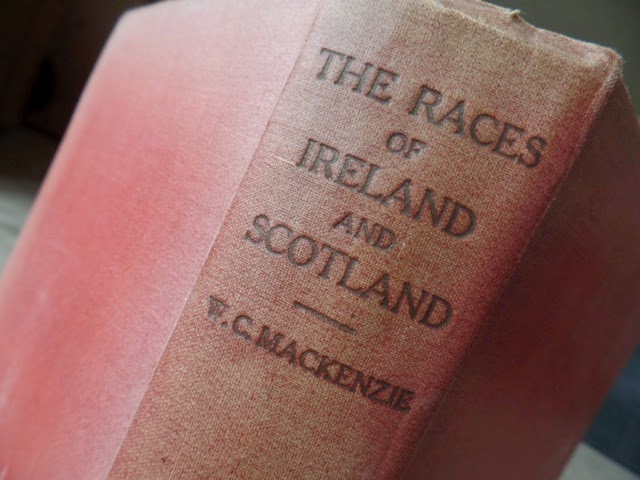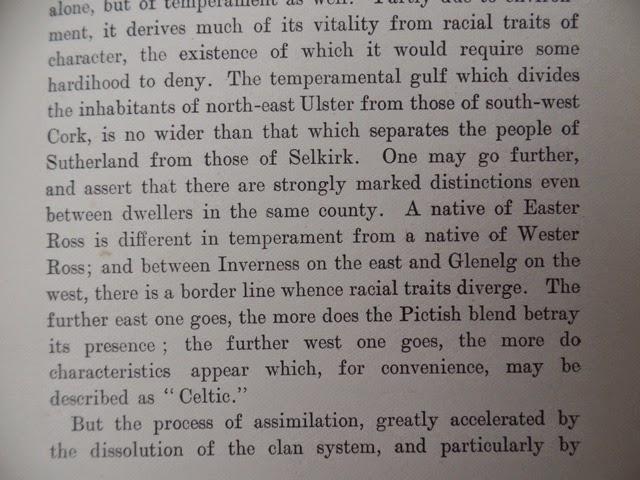I have been married for nearly 18 years. When I first went to visit my in-laws in Buckinghamshire, Hilary's dad produced a family tree which a relative of his had composed from family archives. Even though Hilary's surname is/was Bowker, the family tree was of the Monypennys of Pitmilly near St Andrews in Fife. It was a huge rolled-up document, and one name jumped off the page at me...
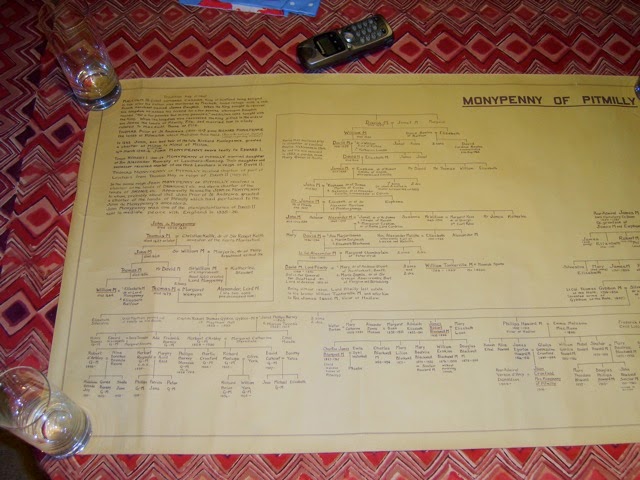
You don't expect to find a Rear-Admiral from Portaferry named on a family tree in leafy Buckinghamshire!
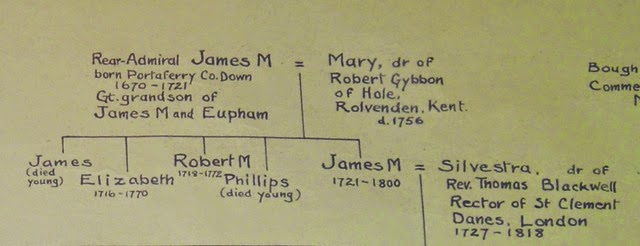
Just before Christmas 2014 when I gave a talk to Upper Ards Historical Society, I showed them this. Amy Anderson was kind enough to then send me some information she had on file from the Savage Estate rent roll of 1644. The Savages were an Anglo-Norman family who had been in the Ards Peninsula since the late 1100s.
ARTHUR MONYPENNY - FROM FIFE TO PORTAFERRY
On the rent roll was an Arthur Monypenny who was renting a considerable amount of land in the area - at:
• Ballycam (£7)
• half Ballynichol (£5)
• half Ballypound (Ballyfounder? £4 5 shillings)
• Parsons Hall (£2)
• two Parks (20 shillings)
• a Park in Ballyphilip (£2 2 shillings), and also
• his house and garden (£1 15 shillings).
An Arthur Monypenny also appears on the Savage Rent Roll for 1641, leasing two unnamed townlands, and also on the Subsidy Roll for 1663, paying £3 12 shillings for Parson's Hall. Presumably this is the father of James Monypenny. Arthur was a high-ranking churchman, the 'Prebend' of St. Andrews Parish in 1620. He succeeded his brother Andrew Monypenny who had been the previous Prebend - according to Reeves' Ecclesiastical Antiquities of Down, Connor and Dromore Andrew Monypenny had been 'collated to the Archdeaconry of Connor on 18th March 1616".
FIFE
St Andrews Parish is here on the Ards Peninsula, dating back to the early Anglo-Norman era (St Andrews Parish Church is at the other end of the road we live on) - and of course there is a St Andrews back in Scotland in Fife, famous worldwide for its university and the Royal and Ancient Golf Club.
The Monypennys had come to Ulster from Fife. Interestingly so did the local Bishop, Robert Echlin (1576-1635), who was from Pittadro, and would have been the superior of the Monypenny brothers. Echlin arrived in 1615 and set up his home at Ardquin Abbacy. When Echlin died he was succeeded by another Fife-born Prebend - Henry Leslie had been installed as Prebend of Connor (by Echlin) in 1619.
What is interesting about this is that it slays the local myth about a Scottish v Irish quasi-apartheid on the Peninsula in the early 1600s. In fact, there were many Scots living as tenants on the southerly Savage estates - just as there were Irish tenants living on the more northerly Scottish-owned Hamilton estate near Conlig. As ever, the truth erodes the propaganda.
JAMES MONYPENNY - FROM PORTAFERRY TO KENT
Back to where we began. James Monypenny joined the Royal Navy and by 1697 was a Captain. He became First Lieutenant of Admiral of the Fleet Sir George Rooke's flagship at the capture of Gibraltar and the Battle of Malaga in 1704. He married well - Mary Gybbon of Hole Park - and he purchased the Maytham Hall in Rolvenden, Kent, in 1714. He died aged just 51 but sadly his impressive memorial at St Mary the Virgin Church in Rolvenden skips over his Portaferry origins though. He features on FindaGrave.com

COLVILLES AND CARDINAL BEATON
Back a few generations and the family tree has a James Monypenny who died in 1638, marrying a Eupham Colville, the daughter of Robert Colville of Cleish Castle. This James and Eupham are said to have had "7 sons of whom 3 settled in Ulster between 1612 and 1620". Two of these sons were the above-named Andrew and Arthur. Another son, John, married Susanna Colville, whose father was the Commendator of Culross - another town in Fife which still today has superbly preserved 17th century architecture.
And a few generations before that a David Monypenny was implicated in the murder of his notorious cousin, a certain Cardinal David Beaton who was famously assassinated on 29 May 1546 - just three months after Beaton had ordered the burning of George Wishart on the streets of St Andrews. As the family tree says:
"Having been declared privy to the slaughter of Cardinal Beaton, his kinsman, in 1546, he and his son received in 1553 a pardon from Mary Queen of Scots".
WHERE DID THEY LIVE?
So now the hunt is on to locate the plausible Monypenny residence in Portaferry. Given that they were churchmen, I wonder if the tiny 40 acre townland of Parson Hall might be the place? There is one farm there today. And are there any Monypenny gravestones in Portaferry? The Griffiths Valuation only has one Moneypenny in County Down - a Joseph Monypenny living in Ballymacarrett.
It seems that this Rear Admiral James Monypenny is Hilary's g-g-g-g-g-g-grandfather. Mathematics mean that she will have 127 others! But it's interesting to make a connection across nearly 4 centuries of living here in the Ards Peninsula, a place which is still as interwoven with Scotland as it was back then.
Cleish Castle is below. 
